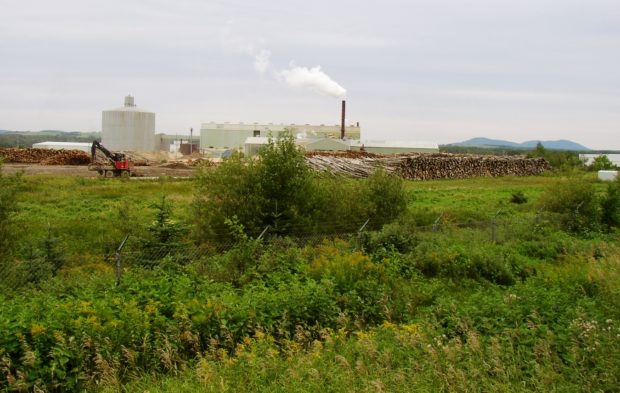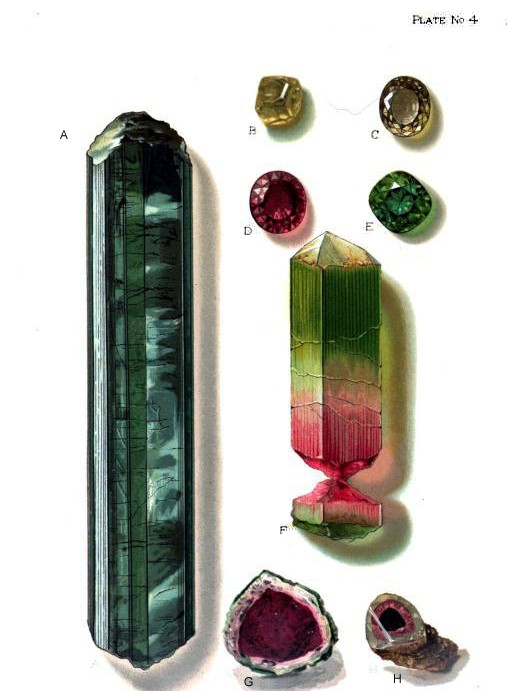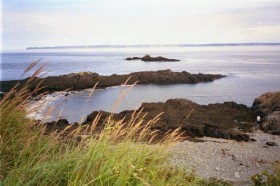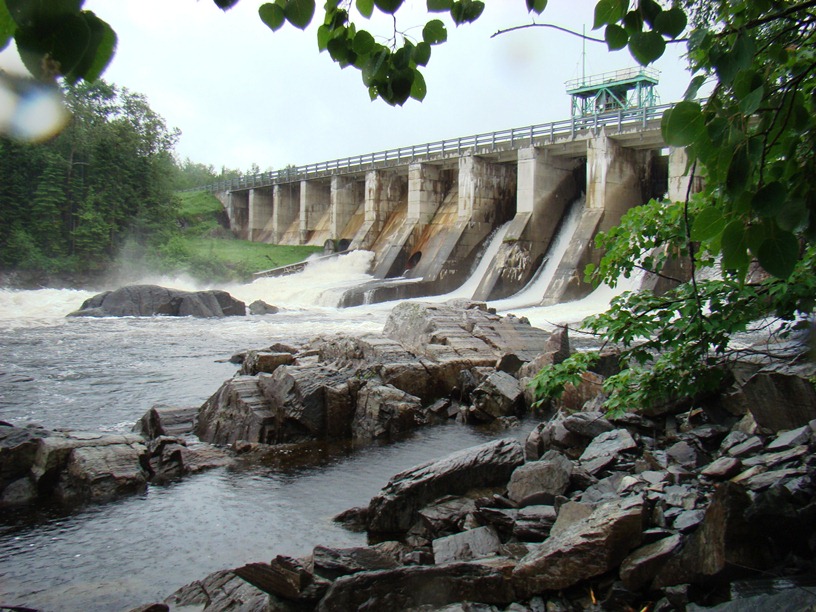Bath Iron Works

Shipbuilding has been a way of life along the Kennebec River in Bath since 1743 when Jonathan Philbrick launched a schooner with the help of his two sons. Smaller fishing and sailing craft had been built for years, but a new industry was now emerging. In 1762 the Earl of Bute, the first full-rigged ship…









